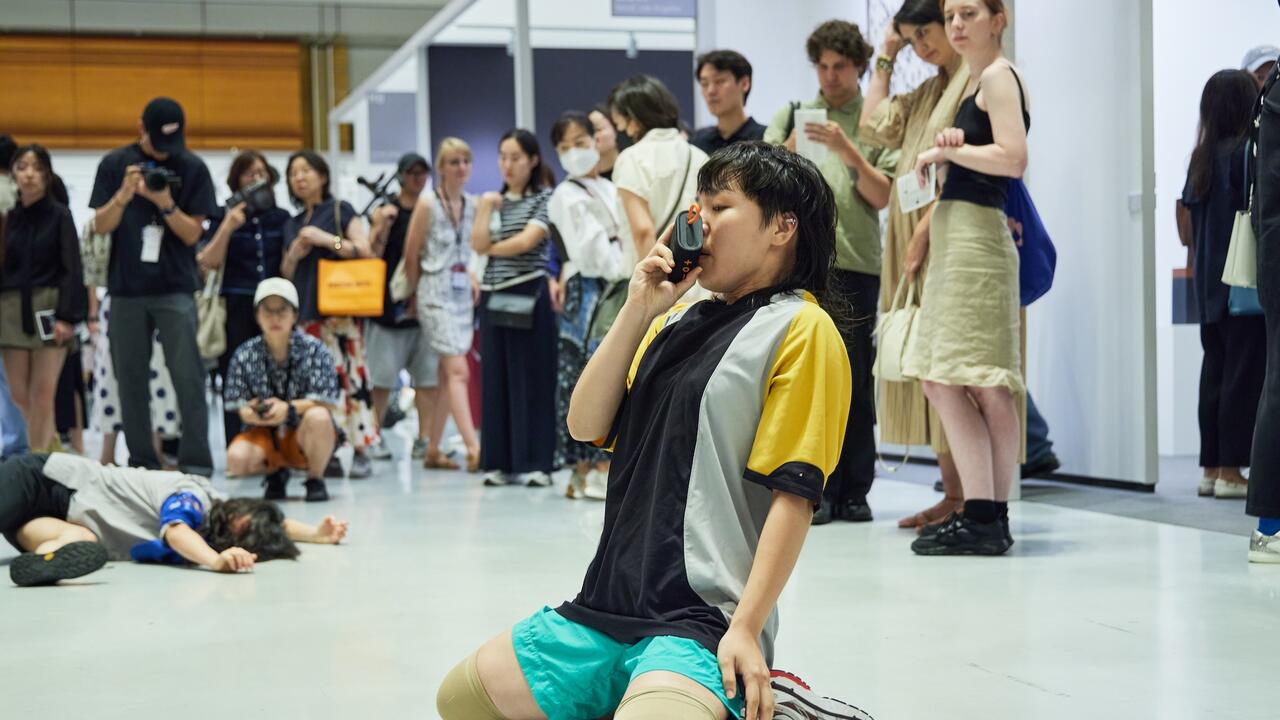Hans Ulrich Obrist on Friederike Mayröcker
‘I started to read Mayröcker’s work obsessively. She became one of the few writers whose every written word I have read’
‘I started to read Mayröcker’s work obsessively. She became one of the few writers whose every written word I have read’

When I was 18 years old, I made a pilgrimage to Vienna to meet the great artist Maria Lassnig. I was fascinated by her amazing ‘body awareness’ paintings. It was during this first meeting that she told me about Friederike Mayröcker, one of her favourite poets, with whom she had worked on a wonderful small book, Rosengarten (Rose Garden, 1984). I started to read Mayröcker’s work obsessively. She became, along with Etel Adnan and Robert Walser, one of the few writers whose every written word I have read.
Each time I went to Vienna, the first thing I did was visit Lassnig. On my last visit, in 2014, about four months before she died, she expressed two wishes: that I organize a Greek show of her works that take a feminist approach to mythology and that I finally meet her friend Mayröcker.
Lassnig’s dream of showing her work in Greece was realized in 2017 with an exhibition at the Municipal Gallery in Athens, which I curated for the Lassnig Foundation. Mayröcker wrote the show’s title: ‘The Future Is Invented with Fragments from the Past’. And, now, it is the poet whom I visit each time I go to Vienna. She told me that the connection between her and Lassnig was that both of them created with their bodies. When she writes, she said, it is as if she moves into a chemical state: she dissolves into a kind of trance. To her, poems are like watercolours, while prose is like a stone sculpture. She now creates collages of the two, which she terms ‘proems’.
Mayröcker writes in her fifth-floor Vienna apartment, from which she can see the forest, which inspires her work. She writes non-stop: taking down things she overhears or that people tell her. These notes go into a vessel or a basket, out of which she fishes fragments of text and composes them like collages. These montages never constitute a story but a kind of mimetic writing. As Siegfried Schmidt noted, she continues the non-narrative tradition of James Joyce and Gertrude Stein. Her recent trilogy – Études (2013), Cahier (2014) and Fleurs (2016) – oscillates between prose and poetry.
When I visit Mayröcker, I’m always accompanied by my artist friend Sarah Ortmeyer and, recently, we discovered a little-known aspect of the poet’s work: her doodles and drawings done with felt pen or pencil. There are many series of drawings, among them a stunning group of ‘protective ghosts’, as well as drawings of dreams, dogs and cats, of solitude and of daily sorrows. Mayröcker calls them ‘image poems’.






















